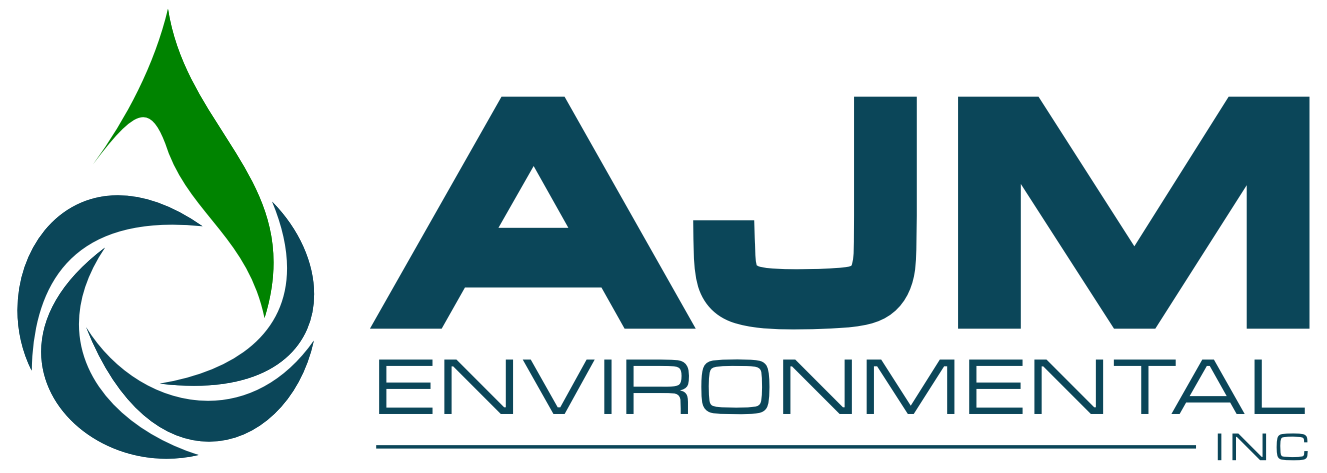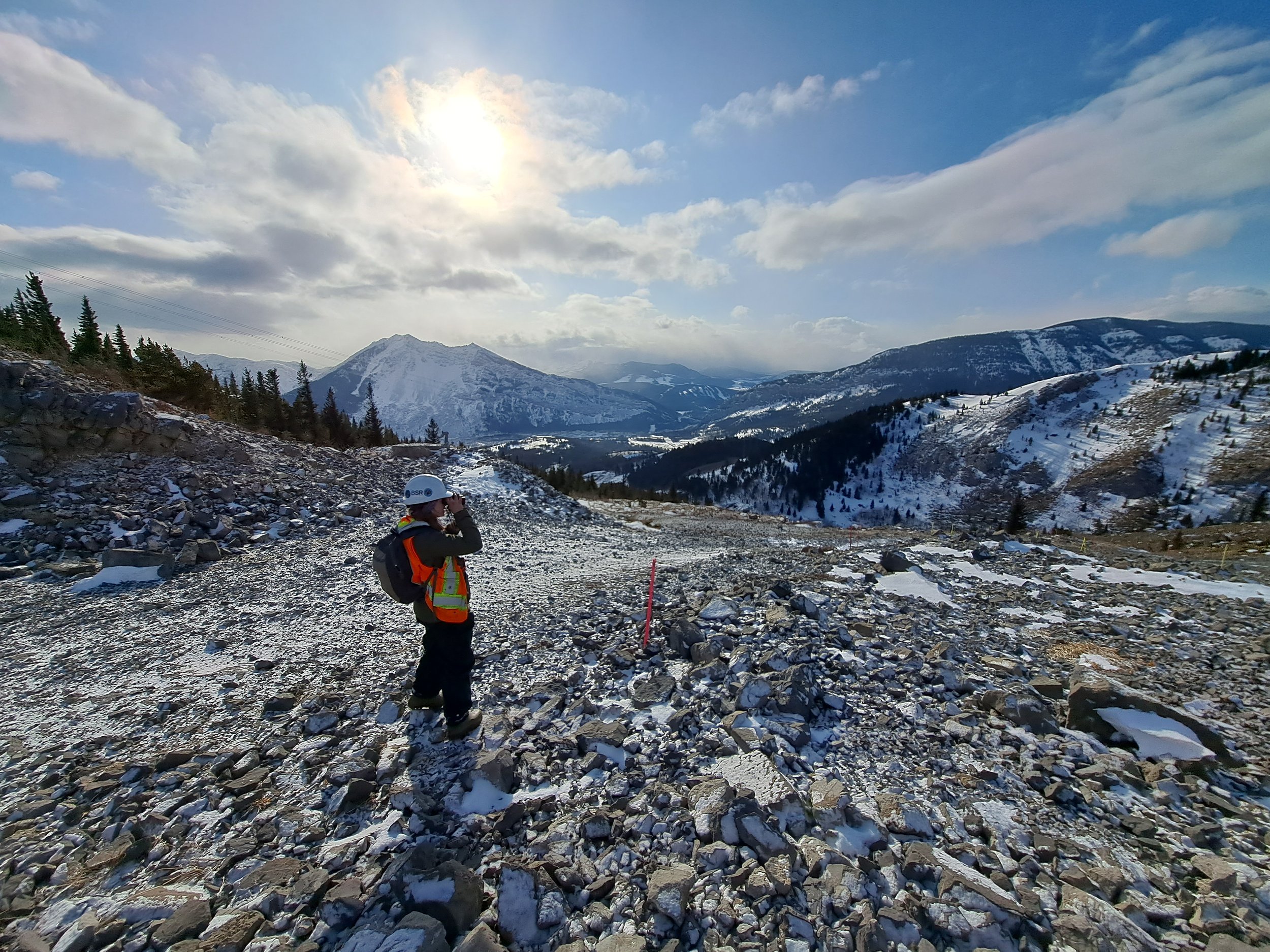Satellite Imagery Analysis of Vegetation Health
CLIENT: A Major Exploration & Production Company
AJM Environmental Inc. was retained by a major exploration & production company to assess whether satellite-derived image analysis could be used to enable the early detection of tree stress caused by infrastructure within two of their steam-assisted gravity drainage projects. The critical deliverable for this project was a report that detailed:
An analysis of the benefits and limitations of different analysis frameworks (indices and classification analyses);
An assessment of the benefits and limitations of different sources of imagery;
An assessment of the predictive accuracy of different image analysis techniques; and
Recommendation for ongoing analysis.
AJM tested a wide range of image analysis techniques for their ability to effectively detect stressed or dead trees, including a vegetation index (normalized difference vegetation index), an unsupervised classification (k-means clustering), and supervised classification techniques (maximum likelihood, random forests, gradient boosting). These analysis techniques were applied to two sources of satellite imagery – Pleiades and Sentinel-2. The Pleiades data represented high-spatial-resolution data with a high cost, while the Sentinel-2 data were of a lower resolution but freely available. These analyses were conducted using QGIS and R (packages “terra”, “raster”, “randomForest”, “xgboost”, and “gbm”) to maximize transparency and repeatability.
The predictions made by these techniques were assessed against test data based on known areas of tree stress and mortality both quantitatively and qualitatively. Quantitative assessment was conducted using test data, and communicated through error rates (sensitivity, specificity, and precision) and confusion matrices. The best-performing imagery and techniques were identified, and the outputs of these techniques were quantified through a range of charts and maps. Through this experimentation, AJM was able to recommend a future analysis program that detailed data requirements (both satellite imagery and other predictive spatial data such as wetland extents), recommendations on how to improve model accuracy (e.g., methods to improve training data collection), and methods for quantifying vegetation health trends into the future.



